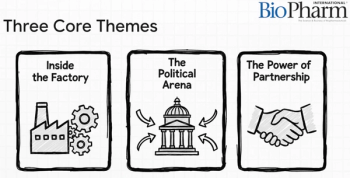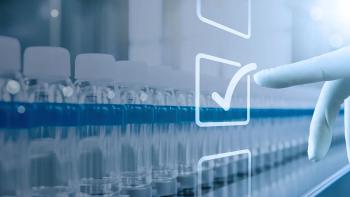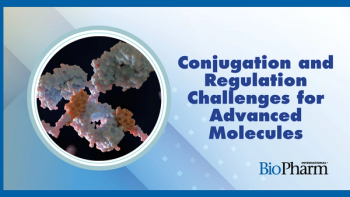
Baxalta Partners with Novimmune SA on Bispecific Antibody Research
The collaborative effort will be focused on fully humanized antibodies.
Novimmune SA and Baxalta announced on Sept. 2, 2015 that the companies plan to partner on the research of novel humanized bispecific antibodies through the exploitation of Novimmune’s kappa-lambda bispecific antibody technology platform.
According to Novimmune CEO Jack Barbut, bispecific antibodies currently used in biopharmaceutical applications have been constructed using chemical linkers, non-human material, antibody fragments, or forced engineering-and Novimmune's platform is unique in that it would allow antibodies to assemble naturally, he said in a press release. Natural assembly, rather than the use of foreign sequences, could lead to enhanced product stability, better product half-life, and could also be associated with lower immunogenicity risk, noted the release.
Once developed, the final product would be an unmodified fully human bispecific immunoglobulin G (IgG). Novimmune says it has mechanisms in place for the expression of kappa-lambda-bodies in mammalian cells, and also has a purification platform that is “easily scalable and transferrable,” according to the company’s
Source:
Newsletter
Stay at the forefront of biopharmaceutical innovation—subscribe to BioPharm International for expert insights on drug development, manufacturing, compliance, and more.




